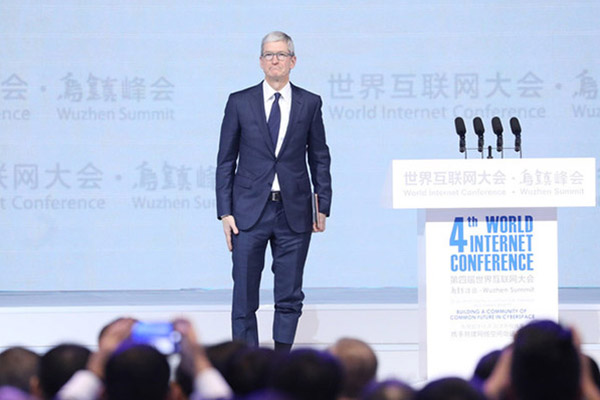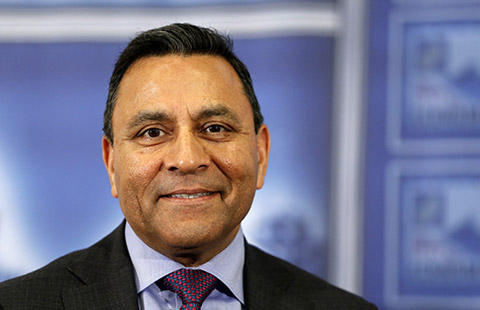Smart enough for the big city?
A cluster consists of one mega-city and 20 to 50 other smaller cities. Most of the population will live in medium-sized cities with populations of between 500,000 and 5 million, it added.
It seems that the Chinese government has also reckoned that smart technology can help the country on its way toward urbanization. A list of 103 cities, districts, towns and industrial zones from Lhasa in Southwest China's Tibetan Plateau to Shanghai in well-developed East China, have been earmarked recently by the Ministry of Housing and Urban-Rural Development to develop smart city pilot schemes.
The list released in early August is the second batch of smart city pilots in China. The first batch of 90 pilots was published in January.
Apart from the environmental and social challenges brought by urbanization, the desire to find a new engine to drive the national economy amid recent slowing down is part of the reason for the Chinese government's proactive measures to boost smart city development, said Liu Xu, a senior analyst of smart cities with CCID Consulting, an affiliated research organization under the Ministry of Industry and Information Technology.
"By integrating information and communication technology with the development and management of cities, the government hopes to bring the country's economic and industrial development to the next level," she said.
However, it is easier said than done.
"Smart city solutions are not as simple as having information technology. They are solutions that integrate many economic and social factors to ensure sustainable growth for cities and improve the living standards of urban residents," Yin Zheng, senior vice-president of Schneider Electric in China, which began proceeding with smart city solutions by aggressively acquiring many leading IT solution providers in 2011.
"For example, we need to consider how to best work with governments and investors, how to set appropriate prices for our services and who will enjoy and benefit from our services," he said, adding that funding models are the key.
However, Accenture's Peter Lacy said the challenge on the money side will not affect the development of smart cities in the long run. But to truly transform the large number of China's smart pilots into real functional smart cities requires more than money.
"The real challenge is how to put the ambition into action. There's still a big gap between rhetoric and reality," Lacy said. He used the term "pilot paralysis", meaning projects get bogged down in the pilot stage.
Liu said there are so many cities rushing to build smart projects but so few of them truly embed the available technology with a master plan for their cities' development.
"What's more, a common standard of evaluating smart cities is much needed in order to achieve the sustainable development of the sector in China," Liu said.

























